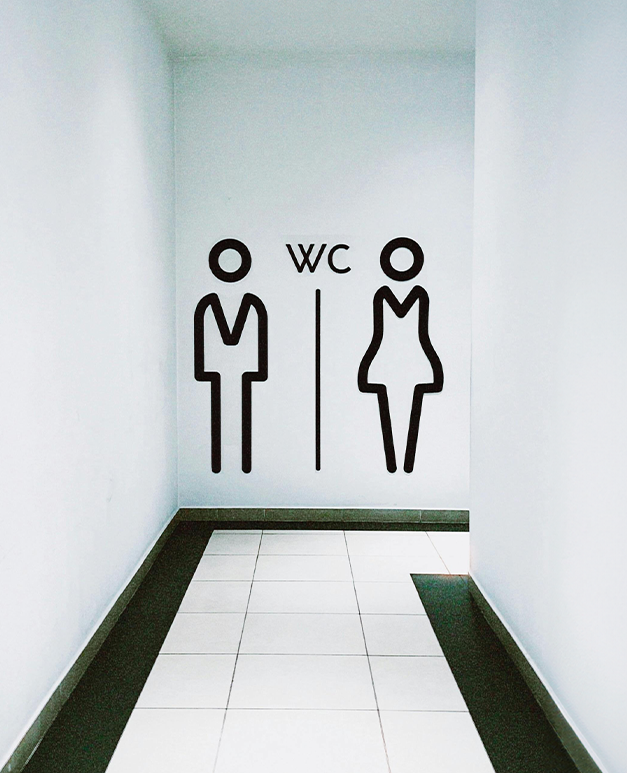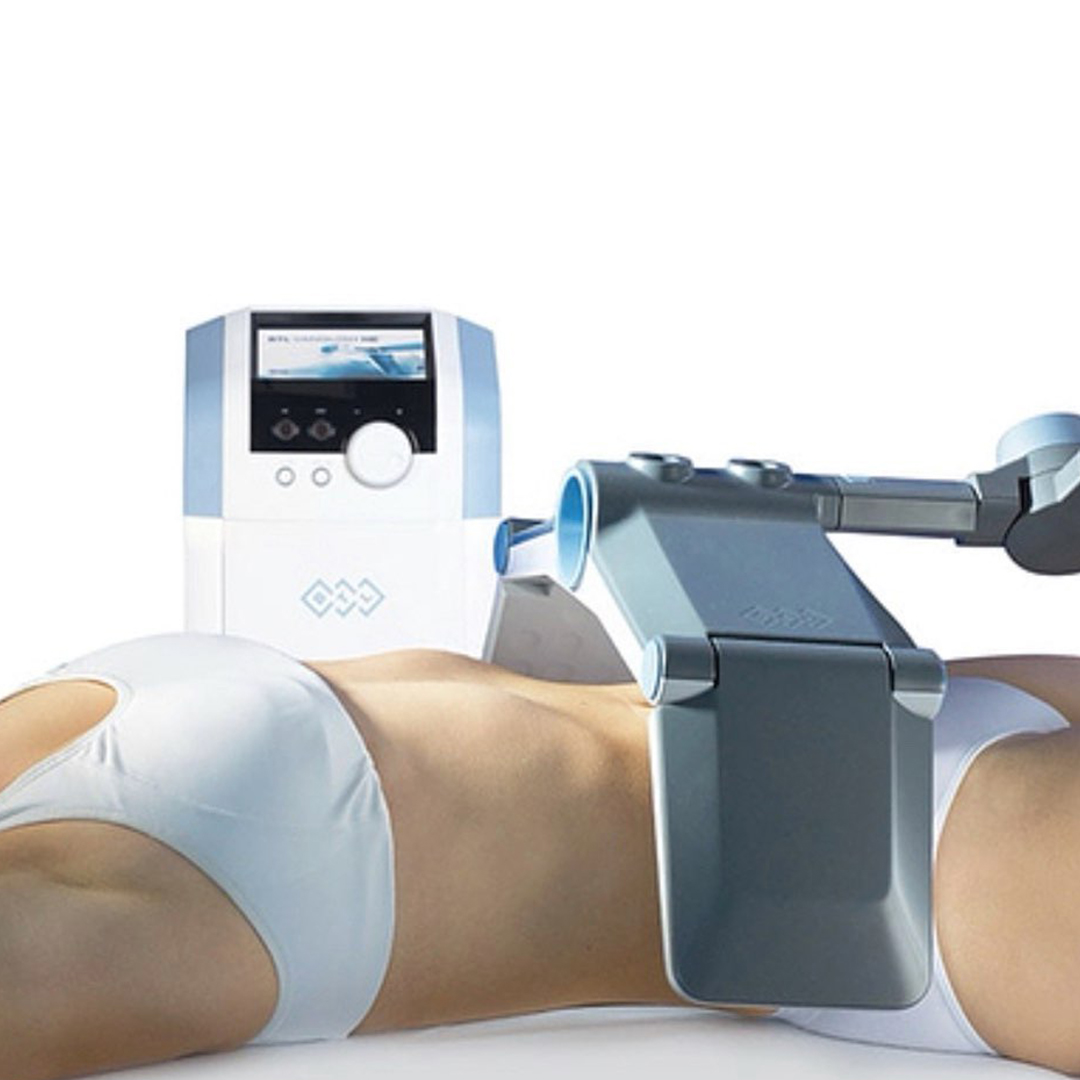How To Help A Weak Bladder
Tips For Living With Urinary Incontinence
As a common problem affecting millions globally, urinary incontinence or stress incontinence is the unintentional passing of urine.
Commonly known as having a weak bladder, bladder leakage is more frequently seen in older adults and women who have given birth or gone through menopause.
Understanding Incontinence & An Overactive Bladders
Playing a crucial role in filtering, storing, and eliminating waste from the body our natural urinary system is composed of the kidneys, ureters, bladder, and urethra, each performing various functions
The urinary system is composed of the kidneys, ureters, bladder, and urethra, each performing various functions passing urine throughout the body ready to be expelled. When operating smoothly, this process has enough time to indicate to your body that you need the bathroom, giving the time required and the ability to hold in the urine.
However, when the urinary system is not fully operational and these parts of the body no longer communicate as efficiently, incontinence becomes more common. This is why symptoms such as bladder leakage occur more in those who are older or have given birth due to the body’s natural processes.
Although prevalent among older individuals, urinary incontinence is not an inevitability. Typically, symptoms arise from specific alterations in bodily functions that can stem from diseases, medication usage, or the onset of an illness. In certain cases, it may manifest as the primary and sole symptom of a urinary tract infection.

Urine Leakage After Pregnancy
What is Stress Incontinence?
Stress incontinence stands out as the most prevalent form of urinary incontinence, occurring when the pelvic floor muscles, responsible for securely holding the bladder, and the muscles surrounding the bladder neck, weaken.
Typically, this weakening results from muscle strain during childbirth or the diminished muscle tone that accompanies menopause. In such cases, these muscles struggle to maintain effective closure of the bladder, particularly when subjected to strain, such as running, jumping, coughing, sneezing, laughing, or lifting heavy objects. Individuals grappling with stress incontinence often experience characteristic leaks or dribbles.
Stress Incontinence Treatment
Here at Harley Skin & Laser Clinic in Staffordshire, we are proud to offer the Ultra Femme 360 treatment. Offering a potential solution to alleviate symptoms of stress incontinence by stimulating muscle and tissue regeneration in the vaginal canal and around the bladder neck. This process aims to enhance muscle strength and foster better control over continence, talk to our team at 01782 611001 to learn more.
Lifestyle Tips For Living With Incontinence
Best Ways To Stop Urinary Incontinence
1. Pelvic Floor Exercises for Incontinence Relief
Incorporate daily pelvic floor exercises into your routine. Proper execution is crucial for effectiveness, so learn the correct technique for pelvic floor exercises. It may take up to 3 months of consistent practice to observe benefits.
2. Quit Smoking to Safeguard Pelvic Floor Health
Quit smoking to reduce the risk of incontinence, as smoking-induced coughing strains pelvic floor muscles. Discover ways to quit smoking effectively.
3. Modify Exercise Routine for Pelvic Floor Well-being
Adjust your exercise routine by avoiding high-impact activities and sit-ups, which can stress pelvic floor muscles and exacerbate leaks. Opt for strengthening exercises like pilates, focusing on core muscle development, particularly beneficial for stress incontinence.
4. Weight Management for Pelvic Floor Strength
Manage your weight, as excess weight weakens pelvic floor muscles and contributes to incontinence. Consider using the healthy weight calculator and explore weight management strategies.

5. Caffeine Reduction
Reduce caffeine intake, as it irritates the bladder and exacerbates incontinence. Cut back on coffee, fizzy drinks, tea, green tea, energy drinks, and hot chocolate, replacing them with water and herbal or fruit teas.
6. Moderate Alcohol Consumption for Bladder Well-being
Limit alcohol consumption, as it acts as a diuretic and may increase urinary frequency. Explore strategies to cut down on alcohol.
7. Balancing Fluid Intake
Maintain proper hydration by drinking 6 to 8 glasses of fluid daily, unless advised otherwise by your doctor. Avoid the misconception of limiting fluid intake, as it worsens incontinence and can lead to other issues like constipation.
What Is Vaginal Rejuvenation?
Feel Comfortable In Your Own Skin
Vaginal rejuvenation for some is a sensitive subject being used to treat commonplace vaginal laxity or the sensation of vaginal looseness which may develop after pregnancy and vaginal delivery.
These symptoms occur primarily when natural collagen depletes, and as a result, the bodily tissue becomes looser. Leading to a loss of sensation, people commonly report urinary incontinence, less during intercourse and an inability to orgasm.
Working with our clients, we utilise the BTL Intima Emfemme 360, an award-winning radiofrequency technology that firms the vagina’s inner and outer labia as part of a pain-free non-surgical treatment.
Non-Surgical Urinary Incontinence Treatment
Harley Skin & Laser Clinic In Staffordshire
We pride ourselves on always providing you with the latest and most innovative technology available to us. With this, we can provide the very best service to you every time. Join the Harley Skin & Laser journey on our Instagram.
If you’re looking for some further advice or treatments to fix bladder incontinence within the Staffordshire area, we here at Harley Skin & Laser Clinic will always support you in looking and feeling your best, contact us now at 01782 611001 or send an email to info@harleyskinandlaser.co.uk.














